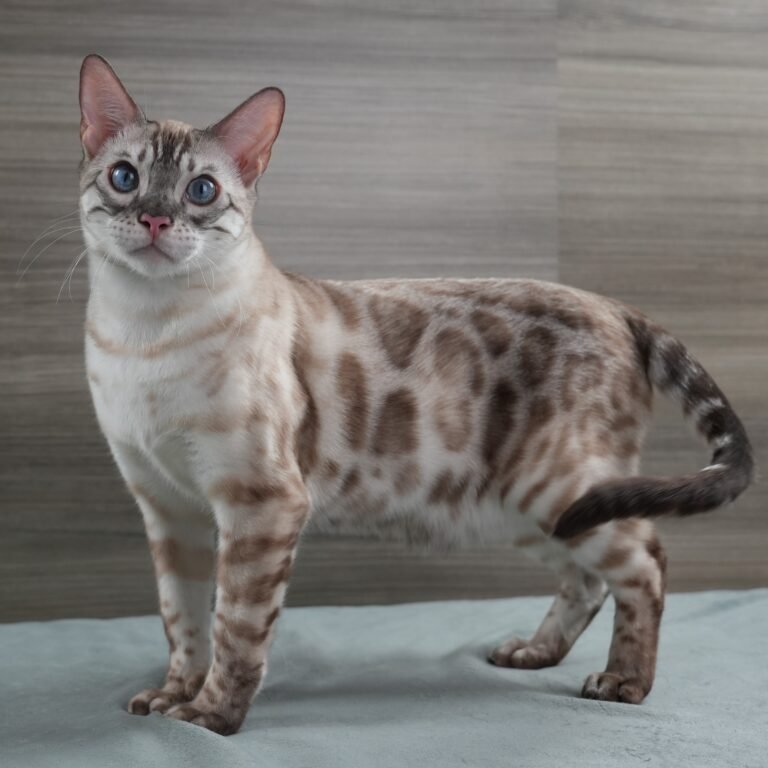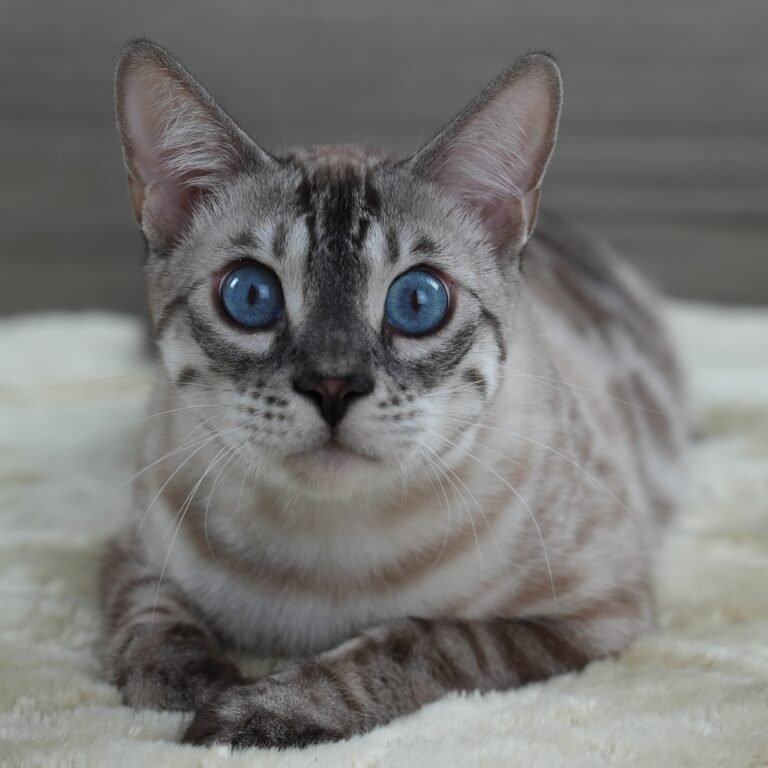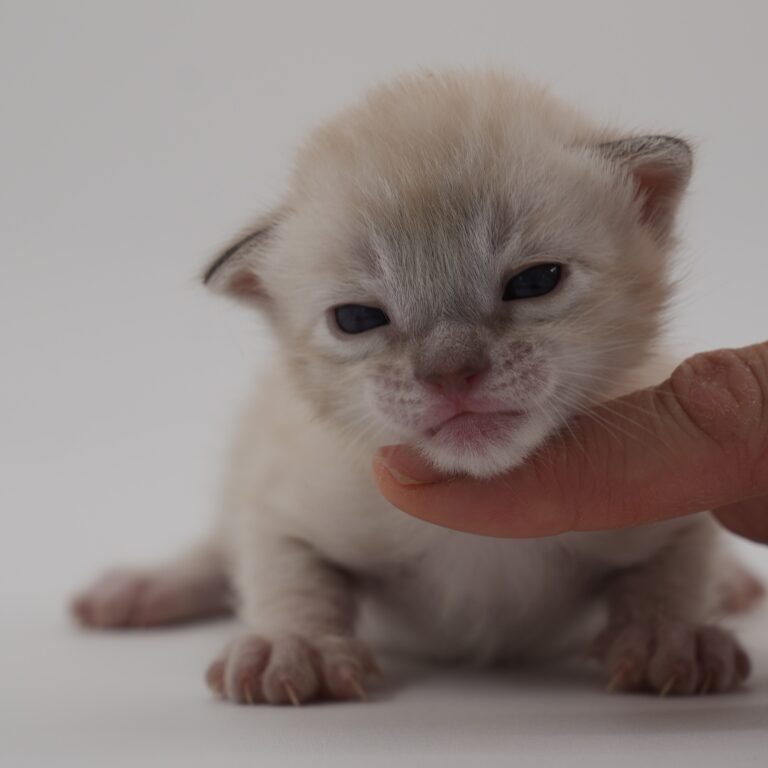Snow Bengal Kittens
Snow Lynx Bengal
- Seal Lynx
- Silver Seal Lynx
- Charcoal Seal Lynx
- Solid Seal Lynx (not recognized by TICA as of 2024)
- Blue Lynx (not recognized by TICA as of 2024)
- Flame Lynx (not recognized by TICA or CFA as of 2024)
Snow Mink Bengal
- Seal Mink
- Silver Seal Mink
- Charcoal Seal Mink
- Solid Seal Mink (not recognized by TICA as of 2024)
- Blue Mink (not recognized by TICA as of 2024)
- Flame Mink (not recognized by TICA or CFA as of 2024)
Snow Sepia Bengal
The Snow Sepia Bengal is the darkest of the three Snow Bengal types. Like the Snow Mink Bengal, Snow Sepia Kittens are born with a distinctive pattern ranging from brown to dark brown. Their eyes are typically golden or green. The Sepia Bengal bears the closest resemblance to actual snow leopards. The gray-yellow base tone of their coat provides excellent camouflage among rocks in their natural habitat when not covered in snow, mirroring the adaptation of their wild counterparts.
- Seal Sepia
- Silver Seal Sepia
- Charcoal Seal Sepia
- Solid Seal Sepia (not recognized by TICA as of 2024)
- Blue Sepia (not recognized by TICA as of 2024)
- Flame Sepia (not recognized by TICA or CFA as of 2024)
History of the Snow Bengal: Snow in the Jungle
Today, most Mink and Sepia Snow Bengals can trace their lineage back to Kotton Pickin. These cats, with their snow-like coats and wild patterns, showcase the dedication of breeders and the enduring appeal of these unique felines.The Snow Bengal’s journey stands as a testament to what can happen when we dare to dream of snow in the jungle.






